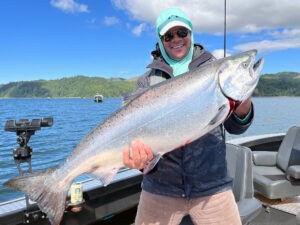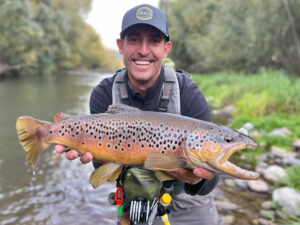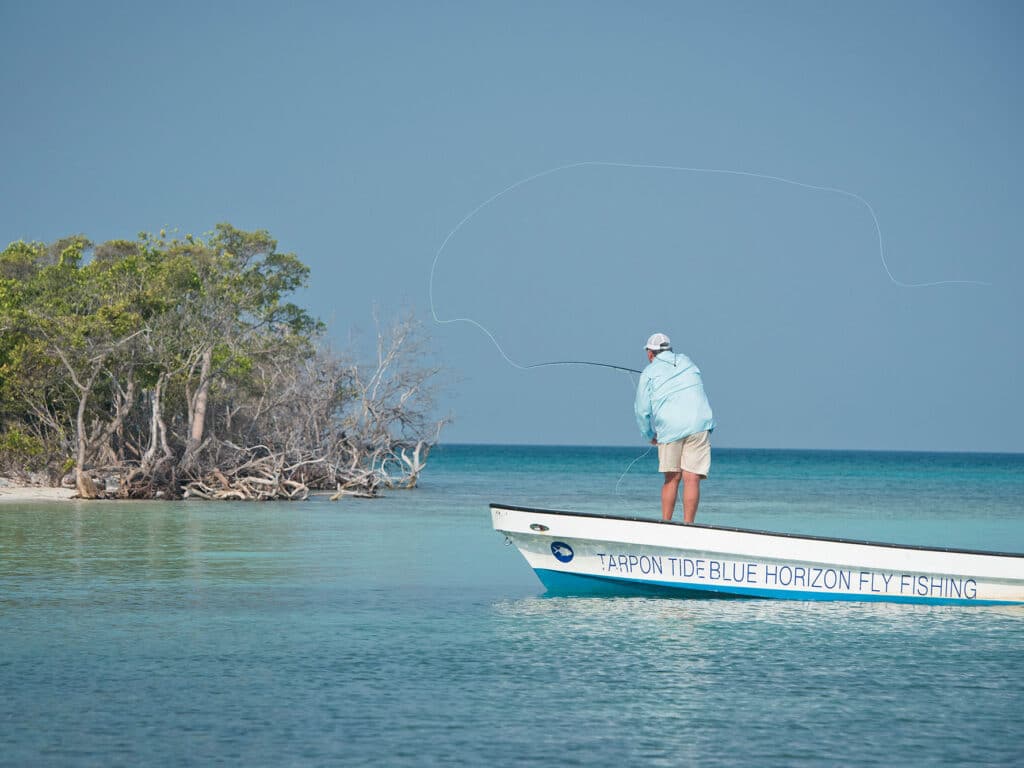
Tucked away in the southeastern corner of the Yucatan Peninsula, this tiny Central American nation (about the size of Massachusetts) was known as British Honduras until 1973. Belize boasts the second largest barrier reef in the world (after Australia’s Great Barrier Reef) with dozens of cays and islets. The country’s 174-mile coastline offers huge areas of sandy flats dotted with patches of turtle grass — ideal habitat for bonefish and permit.
Among anglers, Belize is known for its consistently productive, year-round fishing for both of those prized inshore trophy species. Add tarpon to the mix and it’s understandable that Belize ranks near the top of places in the world where anglers can accomplish a coveted shallow-water slam: permit, bonefish and tarpon in one day. But don’t limit yourself! Belize boasts a good population of snook in its rivers and mangrove-lined bays. Add snook to the other three species and join the ranks of super-slammers. Slam or not, fishing Belize is particularly popular with fly fishermen.
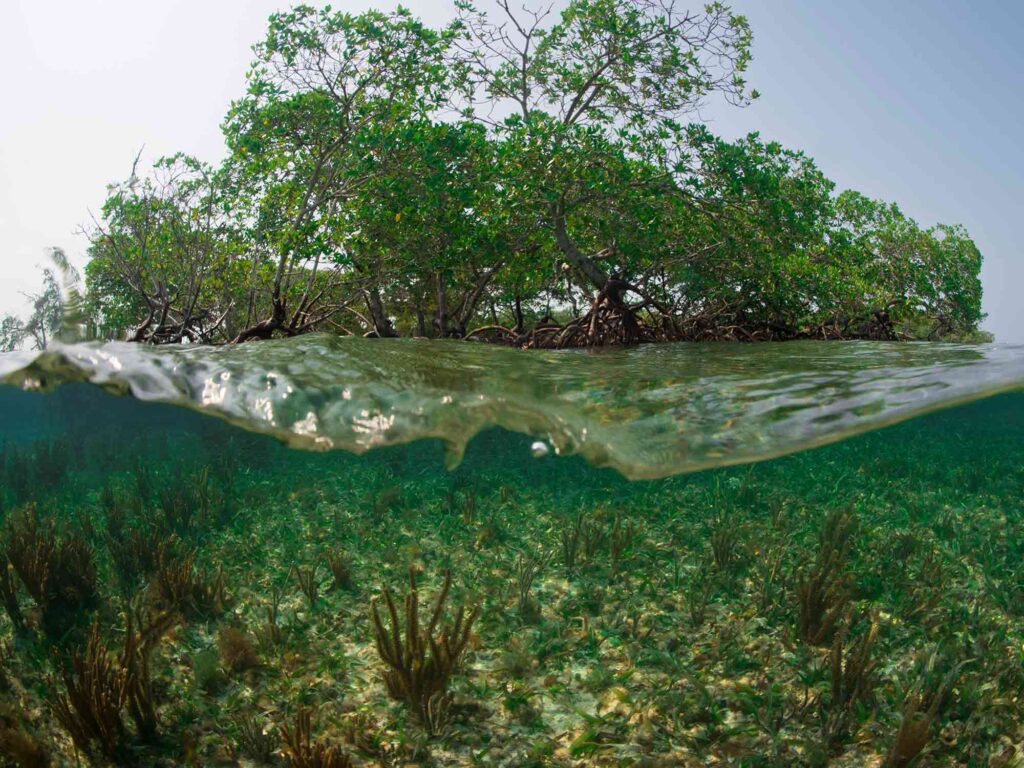
Unique among Central American nations, at least 40 percent of the country’s mainland and coast is protected. The barrier reef system has been designated as a UNESCO World Heritage site since 1996. The reef runs for more than 180 miles, in places only 1,000 feet from shore but in other areas 25 miles out.
Some popular areas include Turneffe Atoll, the country’s largest atoll, located about 20 miles off the coast, near Belize City. It’s renowned for big schools of bonefish, but also numbers of permit. A marine reserve, Turneffe remains pristine, with vast expanses of mangrove and seagrass habitats around the island. Ambergris Caye is Belize’s largest island, famed for white-sand beaches and turquoise shallows. It’s perennially popular with tourists, being a mere 15-minute small-plane flight from Belize City. Nevertheless, it remains a solid spot for inshore fishing, particularly for sight-casting to tarpon on its extensive flats. Some of Belize’s other outstanding spots for anglers include the Placencia peninsula, and Hopkins and Glover’s reefs in the south.
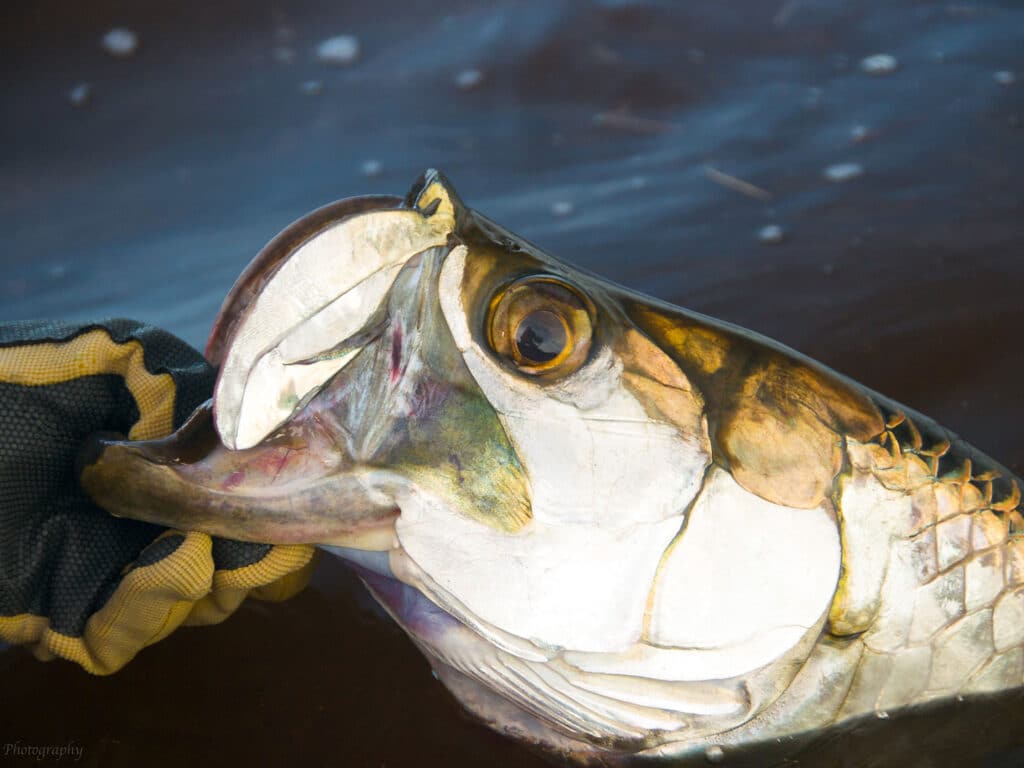
Planning a Trip
When to Go
As noted above, this is truly year-round fishing. Larger tarpon tend to be more seasonal, given their migratory nature; late spring and summer is a peak time but smaller fish can be caught anytime on flats, in channels, creeks and bays. Winter can be tougher for bones, while fall is prime time for permit. Because fishing can be good throughout the year, timing a trip may come down to weather more than anything. Spring tends to be a bit windier (prevailing trade winds are generally from an eastern quadrant). From late February into May is the dry season, and June through much of the fall, is the wet season. It’s worth noting that the northern part of Belize receives considerably less rain than the south. Also keep in mind the possibility of hurricanes summer and fall. Direct strikes on Belize are rare, but tropical wind and rain spun off by big storms can hinder fishing.
Where to Go and How to Get There
Major airlines offer regular flights from several U.S. cities into Belize City’s international airport. Once in Belize, there are regular flights and ferry service to Ambergris Caye, but more distant resorts are reached primarily via chartered flights that the resorts provide or arrange.
Grand Caribe Belize is a beautiful resort in San Pedro Belize, located 2 miles north of town on Ambergris Caye. The condo style accommodations cater to anglers and families, plus the barrier reef sits just a half-mile offshore their beaches. This year, the resort hosted their 7th annual Deep Sea Classic fishing tournament in July.
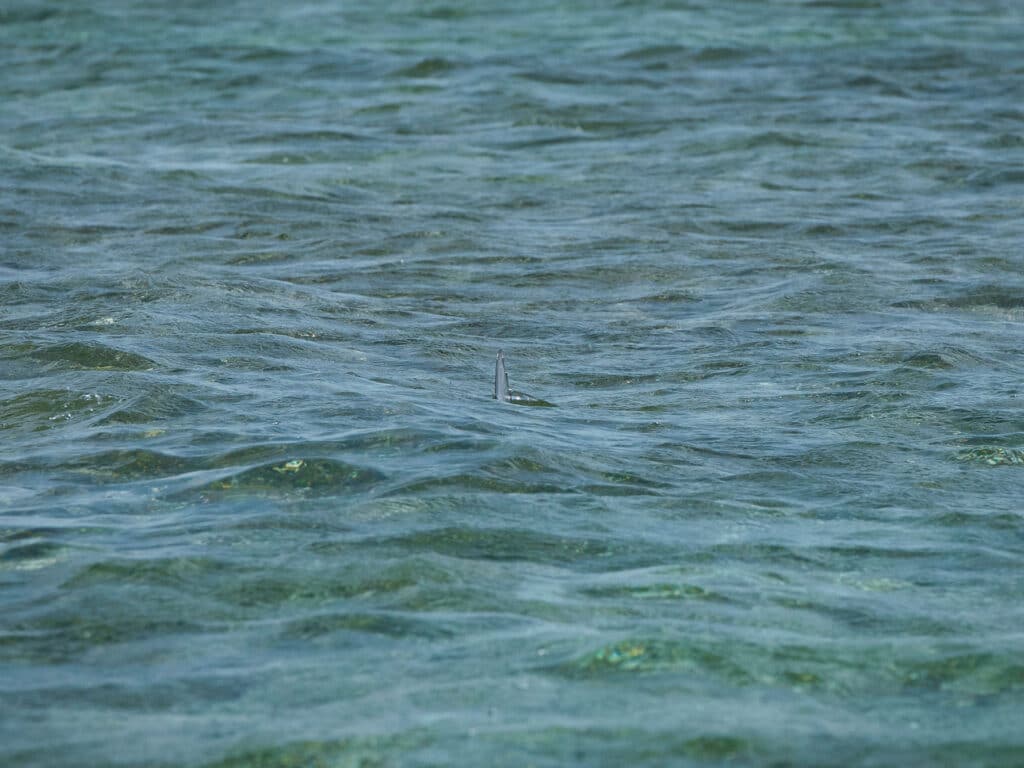
What to Expect
English, for one thing: While you’ll hear Spanish and creole, English is the primary, official language, making Belize the only country in Central America where this is true. You’ll find plenty of hotels in Belize City. Most resorts provide tackle, though serious fishermen often bring their own (and fly fishing is particularly popular in Belize’s shallow waters). Though largely overlooked, reef and bluewater fishing await just beyond the flats. Besides fishing, in Belize’s forested interior you can plan visits to the country’s amazing Mayan ruins, remnants of a great ancient Maya empire. Note: upon leaving, you’ll need to pay a departure tax (unless included in the airline’s fare), and only cash is accepted.
Helpful Links
- For general information: travelbelize.org
- You’ll also find more good information at: travel.usnews.com/belize




